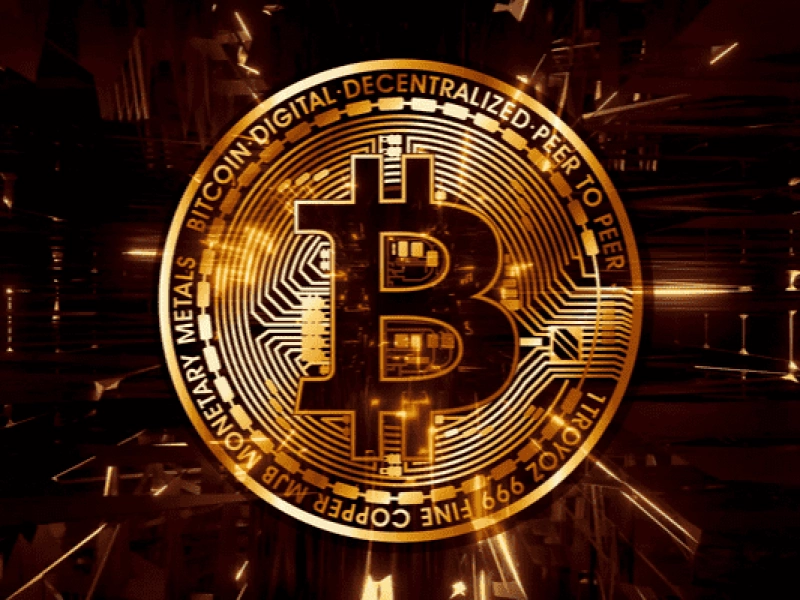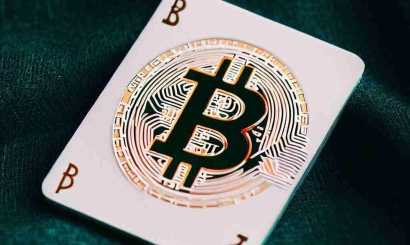Fed's aid to banks is estimated at up to $2 trillion. How will the cryptocurrency market react
Fed's help to banks is estimated at up to $2 trillion. How will the cryptocurrency market react?
Experts told how the financial support of the U.S. banking sector in the form of emergency loans from the Federal Reserve will be perceived in the markets, and whether it will affect the rates of cryptocurrencies
Following the collapse of Silvergate, Silicon Valley Bank, and Signature in early March, U.S. authorities announced the launch of the Banking Sector Emergency Loan Program (BTFP) to help the industry overcome the liquidity crisis. Loans of up to one year will be made to banks and other depository institutions backed by securities, such as treasury bonds. This should save banks from having to sell these securities quickly in the event of a crisis.
According to the estimation of JPMorgan analysts, the U.S. Federal Reserve System (Fed) may inject up to $2 trillion into the American banking system within the framework of this program, Bloomberg reported. $2 trillion is the nominal amount of bonds held by U.S. banks that are not in the top five, the strategists said. The largest players are unlikely to need these loans, believe in JPMorgan.
After it became known about the bankruptcy of three U.S. banks and announced help from the U.S. authorities, well-known bitcoin enthusiasts, businessman Robert Kiyosaki and former BitMEX CEO Arthur Hayes said that the U.S. authorities will begin to inject liquidity into the economy.
Kiyosaki urged to invest in gold, silver, and bitcoin, while Hayes said that the government's actions could lead to a "rapid rally" in the market of risky assets. According to his assumption, the reaction to the BTFP program will begin to unfold on March 17 as Asian markets open.
Experts told RBC-Crypto how financial support for the banking sector in the form of emergency loans from the Fed will be perceived by cryptocurrency market participants and whether it will affect the rate of digital assets.
"Expect no significant growth."
By itself, the infusion of a potential $2 trillion in the banking system will not directly affect the BTC rate, said cryptocurrency market analyst Viktor Pershikov. But investors in the financial markets, primarily on stock exchanges, unequivocally interpret this as a signal that the U.S. Federal Reserve is ready to switch from quantitative tightening and raising the interest rate to "dovish" steps, which will allow flooding the markets with liquidity again, says the expert.
"And certainly, in terms of risk on strategy (when investors are willing to take more risks in the hope of high profits) this will play into the hands of both stock prices and, indirectly, prices of cryptocurrencies," Pershikov believes.
At the same time, the analyst noted that such an infusion will not be similar to what happened in the spring of 2020, against the background of the COVID pandemic, when due to the distribution of "helicopter money" the number of cryptocurrency market participants, as well as its capitalization, have grown significantly. In mid-March 2020, the bitcoin rate began to grow: from the mark of $15,600, passing through periods of minor corrections, by the end of that year it reached the level of $29,000.
According to the expert, the U.S. banking system is not directly linked to digital assets, so one should not expect a significant increase in capitalization due to the Fed's infusion of money into the country's banking system.
Not the injection of liquidity, but the Fed's rate
It's most likely that not the very fact of the Fed's liquidity infusion, but other events can stimulate the growth of bitcoin value, the head of the analytical department of AMarkets Artem Deev is sure. On March 14, the price of the first cryptocurrency rose above $26 thousand, and the reason for that was the information about the slowdown in inflation in the U.S.. This indicates the correctness of the chosen policy on the part of the regulator, which has gone to tighten TAC, said the expert.
He said that with such a level of inflation, the Fed may well reconsider its plans for further rate hikes - either the regulator will leave it at current levels or raise it by the smallest step - 0.25 p.p., and both of these decisions will be positive for the stock market. And as we know, bitcoin correlates exactly with the U.S. stock indexes, says Deyev. According to him, after the Fed's decision on the rate on March 22, the indices may go up and bitcoin will follow, which may exceed the level of $28 thousand on positive news.
It may happen if, for the nearest week, there will not be some events that are difficult to forecast, the analyst noted. He supposed that it may be another piece of news about the problems in the banking sector of the USA, Europe, or Asia. Such uncertainty makes its adjustments, so we'll have to wait until March 22 to see the trend of growth or decline in cryptocurrencies, the expert concluded.
- Morgan Stanley called bitcoin a speculative asset - not a currency
- Euler Finance to announce $1 million reward for $200 million hacker who stole
- SEC Chairman Explains Why PoS Tokens Are Securities
- British bank NatWest restricted customers' work with cryptocurrency
- FBI and Europol shut down cryptomixer ChipMixer and seized €44 million worth of bitcoins
- Binance will stop depositing and withdrawing funds in pounds for British customers
- More than 30 global brands will participate in Metaverse Fashion Week




_410x245_00e.webp)


